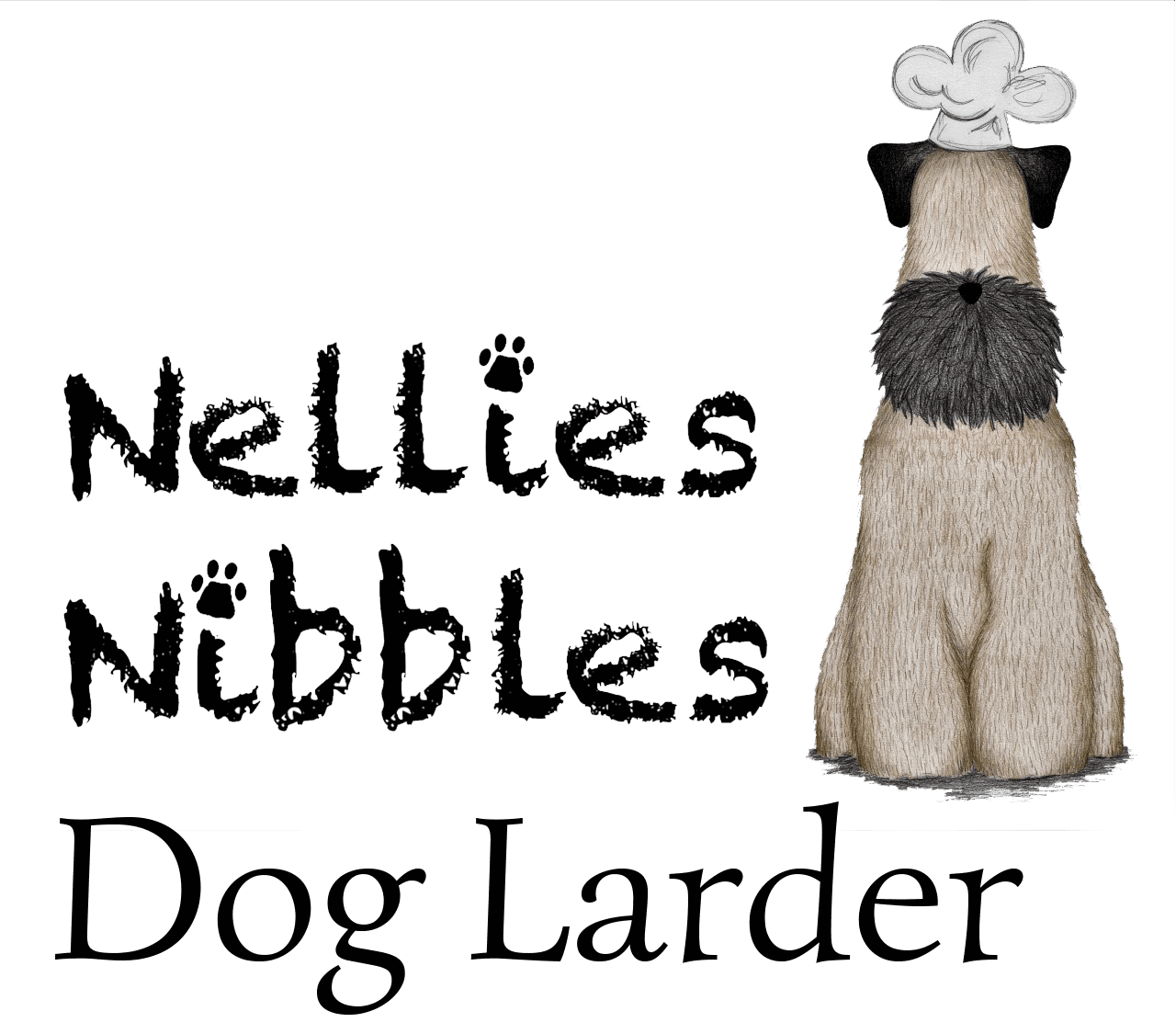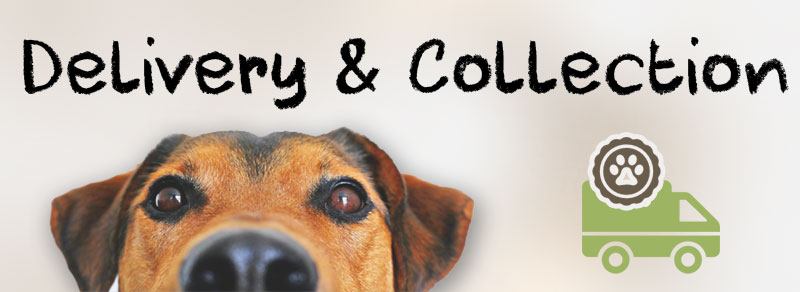
Questions & Answers
We’ve put together a list of your most frequently asked questions about feeding raw produce to your dog and about our biscuits. We have aimed to answer as many queries as possible. However if you cant find an answer to your question please do not hesitate to get in touch.
Improved Skin & Coat, No dull, Scurfy Coat. No more Yeast build up, Cleaner ears. No itchy feet. Digestion improvement, smaller poo’s (less wastage) Cleaner teeth, healthier gums. Has been known to improve some behavioural issues. Species appropriate diet. No more fillers or preservatives.
All round a more satisfied, happier dog!
You can do it one of two ways by either adding a little raw to your dogs existing kibble, remember to reduce the same amount in kibble or you can simply transition straight over. (My preferred way) Many dogs digestion prefer this, even the sensitive one’s. Start with 2 maybe 3 different proteins and gradually add another, one at a time over a couple of days. This enables you to see if your dog develops any sensitivities to those particular proteins, it’s easier to eliminate. When you know your dog’s ok with various proteins you need to remember to feed a variation on rotation. Doing this lesson’s your dog’s chances of developing any protein sensitivities. Only give pork when your dog is established on the raw diet as it can be quite rich. Introduce it slowly and in smaller portions the same goes for anything game, this can also be a little rich for some dog’s stomachs to start off with.
The completes are an ideal starting point with their 80% Meat 10% Bone 10% Offal. Everything is done for you, so you don’t need to worry that your dog isn’t receiving the correct balance.
Tripe maybe a stinker but it’s full of goodness. It’s good to include an oily fish at least once a week too and some veg/fruits, eggs and the shell. We encourage a varied diet.
This is very much an individual choice. Many owners aren’t comfortable giving dog’s bones. Always start with softer bones like chicken/duck wings or necks and then maybe move on to others when you feel ready and your dog has adjusted.
Never give weight bearing bones because they can crack teeth and never feed cooked bones as these will splinter. Fresh, raw bones are wonderful for dogs to get a really good work out, great teeth cleaning & the chewing helps to release anxiety’s and stresses. Always keep a watchful eye when feeding your dog bones just for piece of mind.
You may not want to feed bones at all so don’t worry, you have enough ground bone content in you’re completes!
As a rule of thumb for dogs over 12 months feed 2-3% of the dog’s perfect body weight. Active dogs may need more than 3% where as older dogs may need just 2%.
Here is a guide to the quantity to feed young puppies:
0-4 months 8% – 10% of the body weight per day
4- 6 months: 6 – 8%
6- 9 months: 4 – 6%
9-12 months 3 – 4%
12 + months 2 – 3%
Feeding these proteins will NOT make your dog anymore interested in these animals whilst out on your walk. That’s just nonsense.
That’s entirely up to you but that said I do encourage people to look at the options. My advice is to feed green leafy veg gently steamed or pumpkin, butternut squashes, these can be roasted and the occasional root vegetable like parsnips. Root veg still retain a certain amount of sugars which can aggravate those dogs prone to yeast problems. I never advise on feeding potato’s due to them being full of carbohydrates which a dog simply cannot digest, they have no nutritional benefit to dogs. Never feed Rice or Pasta again these are carb full and have no benefits.
For your dog, absouloutly. It’s what they are supposed to be eating. Dog’s stomach acidity and stomach enzymes are designed to digest raw, allowing it to cope with any bacteria.
Dog’s have short digestion so eating raw allows them to easily absorb all the nutrients it has to offer. For us humans we need to simply apply good husbandry when we’re dealing with the raw, washing your hands thoroughly, cleaning work surfaces. I always pop my dog’s feed bowls in the dish washer on a hot wash. Keep separate containers just for the raw use only, not to be mixed up with yours’s. It’s just all common sense.
Sadly, many vets don’t have very much training regarding pet nutrition. What training they do have is usually from the Kibble companies of the food they stock and sell in their
practices. There are more vets who are seeing the benefits of raw and have become advocates for feeding raw.
This is usually the cause of too much bone in the diet. It’s ok occasionally as a one off but try leaving off bone for a day or so and feed meat without bone content.
Great resources for reading up on Raw Feeding www.rawfeedingrebels.com
Join fb raw feeding groups like Barf UK. If you have any question or would like to know more then please get in touch, we’re always happy to guide you. [email protected]











